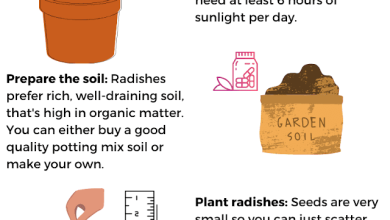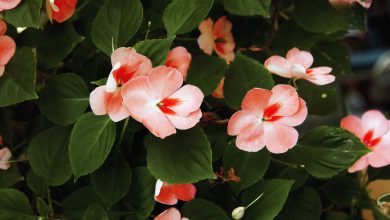Calathea care: basic tips

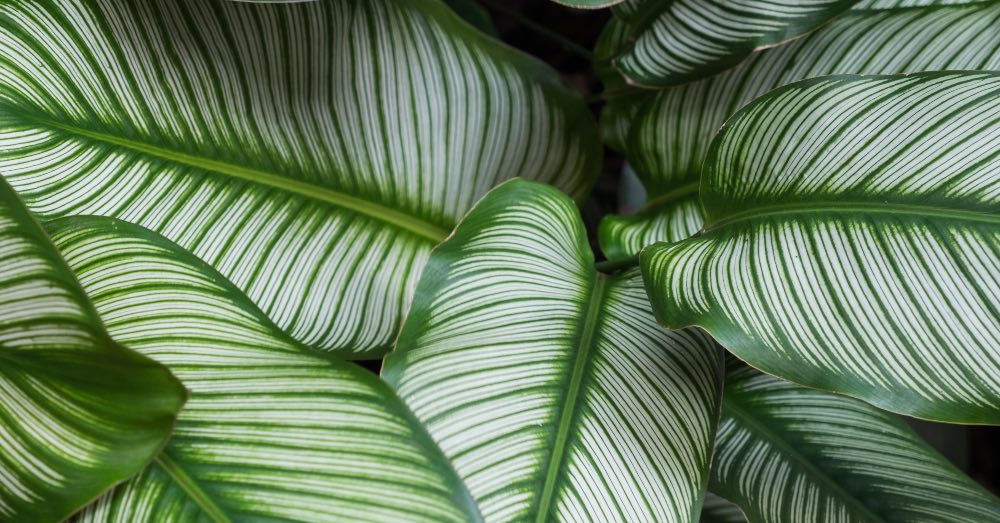
It is probably one of the most beautiful and confusing indoor plants that exist. You read that right: confuse. Far from showing a single face, this botanical family has 25 different species. A number that is included under the name of Calathea and that, despite everything, shares a fundamental characteristic with each other: the incredible design of its leaves. However, it is not the only thing in common that all varieties have. In addition, the care of the Calathea is extremely similar for all species. A fantastic detail since, knowing the care of one, we can launch ourselves to enjoy many others. Because that is another of its virtues: the incredible versatility of the designs of its sheets is addictive.
It is precisely the drawing of its leaves that makes the difference between one Calatheas and another. Lancet or rounded, with marked or faded nerves… the main characteristic of this family is the design and color that each of them presents. One that makes these green plants true allies for those looking for ornamental plants to decorate any space. What’s more: its incredible versatility makes it practically impossible not to find the one that best fits into any interior design.
But, beyond its aesthetic value, let’s return to the care of the Calathea. Because, except for small particular details, knowing the generics of the family implies being able to cultivate any of its species. Something that will allow us to enjoy the passion awakened by plants of tropical origin perfectly acclimatized to our latitudes.
6 CARE OF THE CALATHEA IN ANY OF ITS VERSIONS
Before going into detail about the care of the Calathea, it is worth knowing a little more about this type of plant. We have already seen that the leaves are the most striking, but it is also interesting to know what the rest of the plant is like. In general, this family is usually characterized by having a good size that varies depending on the species between 40 centimeters and one meter in height. In addition to this, they are very profuse in creating stems that end in a single good-sized leaf.
Of course: if we are flower lovers, this family is not the best option. Although it is true that following the care of the Calathea to the letter we will be able to see it bloom, it is not the most striking thing about the plant. As in everything, there are exceptions. We refer to the Calathea Crocata: one of the most recognizable varieties for its elongated floral stems that culminate in an orange flower.
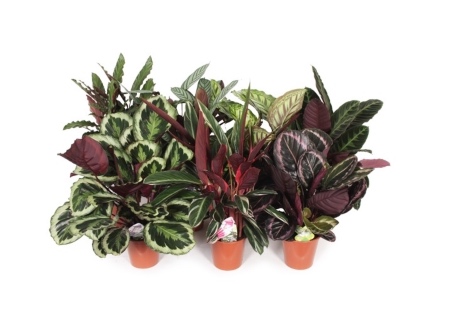
Once the general characteristics of this family are understood, let’s see what their demands are to give us their incredible beauty. And let’s be honest: although the care of the Calathea is not very demanding, it is not an easy plant to grow. Therefore, if we are starting out in the world of gardening, it is better to postpone it a bit before venturing into its cultivation.
1. Light, moderate and always indirect
A surprising detail considering that we are talking about a tropical plant. And understanding why it needs moderate light inevitably depends on knowing how it grows in the wild. The Calathea is a plant native to the undergrowth of the Brazilian tropical forest. Some spaces marked by humidity but also by a highly filtered light that filters through the leaves of the largest trees.
Given this detail, the ideal space for our Calathea will always be one with moderate luminosity and always fleeing direct sunlight. If exposed to it, the leaves would burn. What’s more: we can grow it without any problem in a shady place in our house. A space that recreates, in a certain way, the original in which it grows in nature.
2. Irrigation, one of the most sensitive care for Calathea
One of the most important Calathea care. When we talk about tropical plants, we tend to believe that this is synonymous with a lot of water. It is true: we are talking about plants with a high humidity need. But that does not have to do, necessarily, with the pattern of irrigation.
Bearing this in mind, it must be understood that the Calathea needs a slightly moist substrate throughout the year. In the winter months, the ideal is to wait for it to dry slightly between watering and watering. A pattern that changes with respect to the months of growth. Thus, during the spring and summer, we will have to water it abundantly without forgetting one detail: remove the excess water from the irrigation of the lower plate.
Important: never wet the leaves.
3. The subscriber, important throughout the year
We tend to believe that fertilizers are relegated only to the growing months. And, although it is true that some plants require care only in spring, it is also important to know that fertilizing is one of the cares for indoor plants in winter.
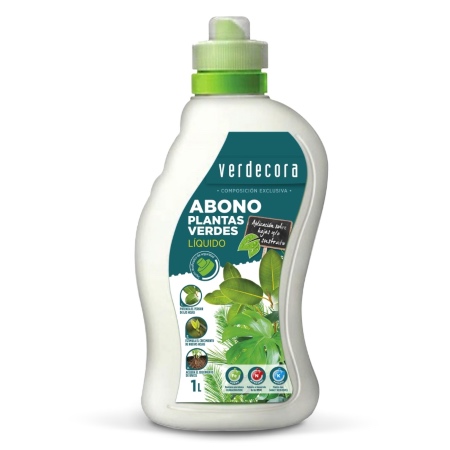
At this point, the Calathea is demanding. Even during the cold months, it demands a monthly dose of fertilizer. A guideline that we will have to increase in the months of growth, applying a fertilizer every 15 days.
4. Environmental humidity, another fundamental aspect
Another fundamental aspect of the care of the Calathea. And we return, again, to mention its jungle origins. In nature, this family is exposed to a very high degree of environmental humidity. One that differs and a lot from what we can have in its cultivation inside our house. Environmental humidity is vital for the correct development of our plant. If the Calathea does not have the grade you need, it will let us know by its leaves: the edges will turn brown.
Avoiding it happens by using two methods of environmental hydration. In the winter months, it will be enough to place stones or gravel on a plate and, on them, our pot. Filling the plate with water up to the stones, the Calathea will have the humidity it demands without the water touching the root ball of the plant. In the summer months, we can keep this method. But, without a doubt, our plant will demand more from us. Hence, it is important to hydrate the leaves, spraying water at a good distance on them.
One piece of advice: both for its demand for light and for its needs for environmental humidity, the Calathea can be a perfect candidate for our list of indoor plants to have in the bathroom.
5. The temperature, a care to control
Let’s remember: it’s tropical. And, for that same reason, we are talking about a plant that does not tolerate cold at all. A concept that, in his case, is more than defined: the ideal for this family is to be between 18 and 25 degrees. Below 18, the plant will suffer.
6. The transplant, one of the Catathea care that we must postpone
No rush on this one! As we have discussed many times, even if we follow the advice on how to repot a plant correctly, it will suffer. A transplant alters the vegetative cycle of a plant and supposes, in itself, a change. Something that none of the Calatheas takes very well, to the point that it is one of those plants that should not even change places.
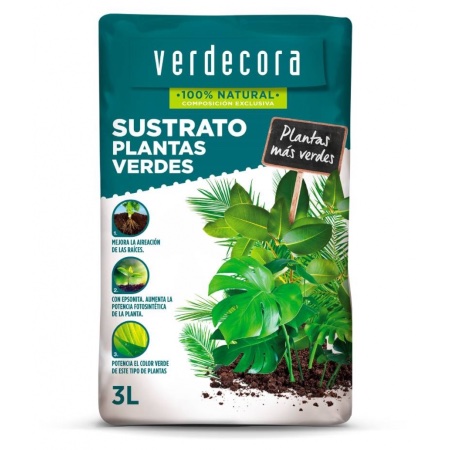
However, there always comes a time when a transplant is necessary. But, in the case of this family, let’s just say it happens later than we’re used to. The Calatheas grow in conditions when they have managed to fill the container they are in with roots. Therefore, we will have to wait to see them protrude from the pot to decide to transplant. It is not only important that the plant is at this point: we will also have to wait until it is spring for the transplant to come to fruition.
And yes: knowing the care of the Calathea is not only the guarantee that ours lives fully. It is also the opportunity to enjoy some of the most striking, varied and beautiful indoor plants that exist.


![Photo of Plant Eggplants in [12 Steps]: Guide to Harvest Successfully](https://www.complete-gardening.com/wp-content/uploads/2022/08/plant-eggplants-in-12-steps-guide-to-harvest-successfully-390x220.jpg)
